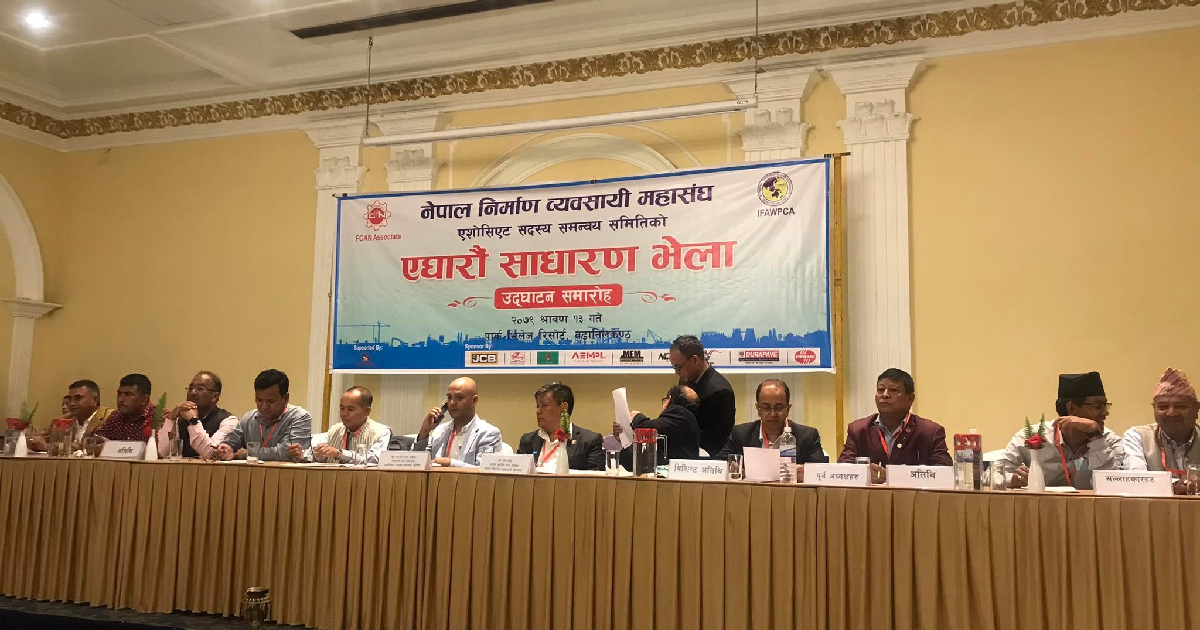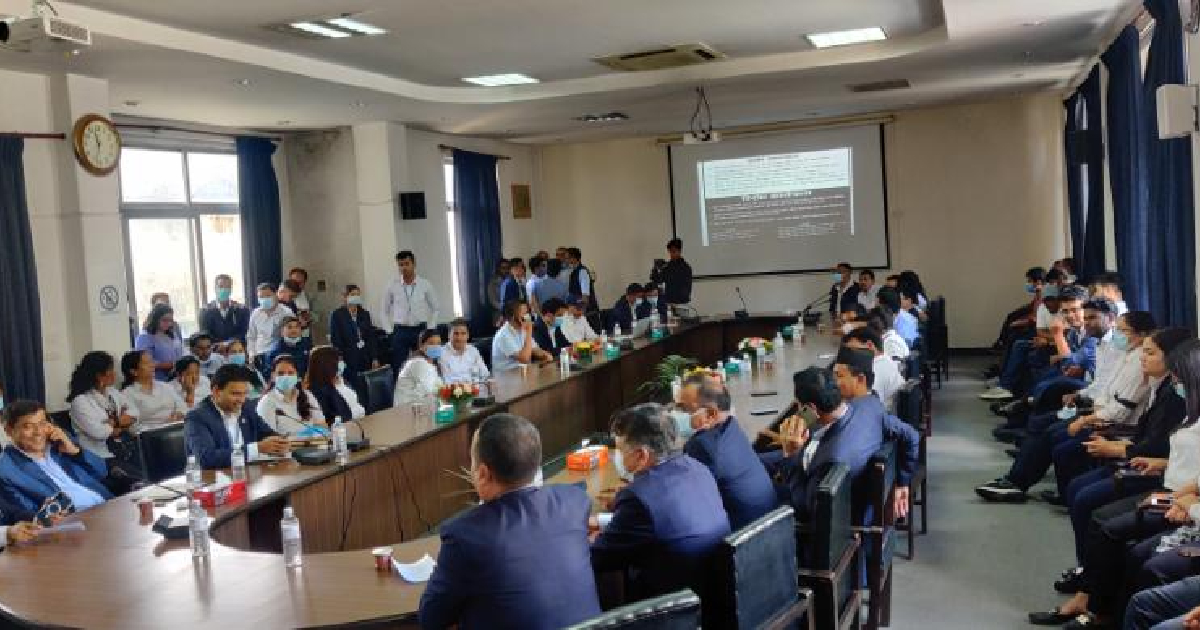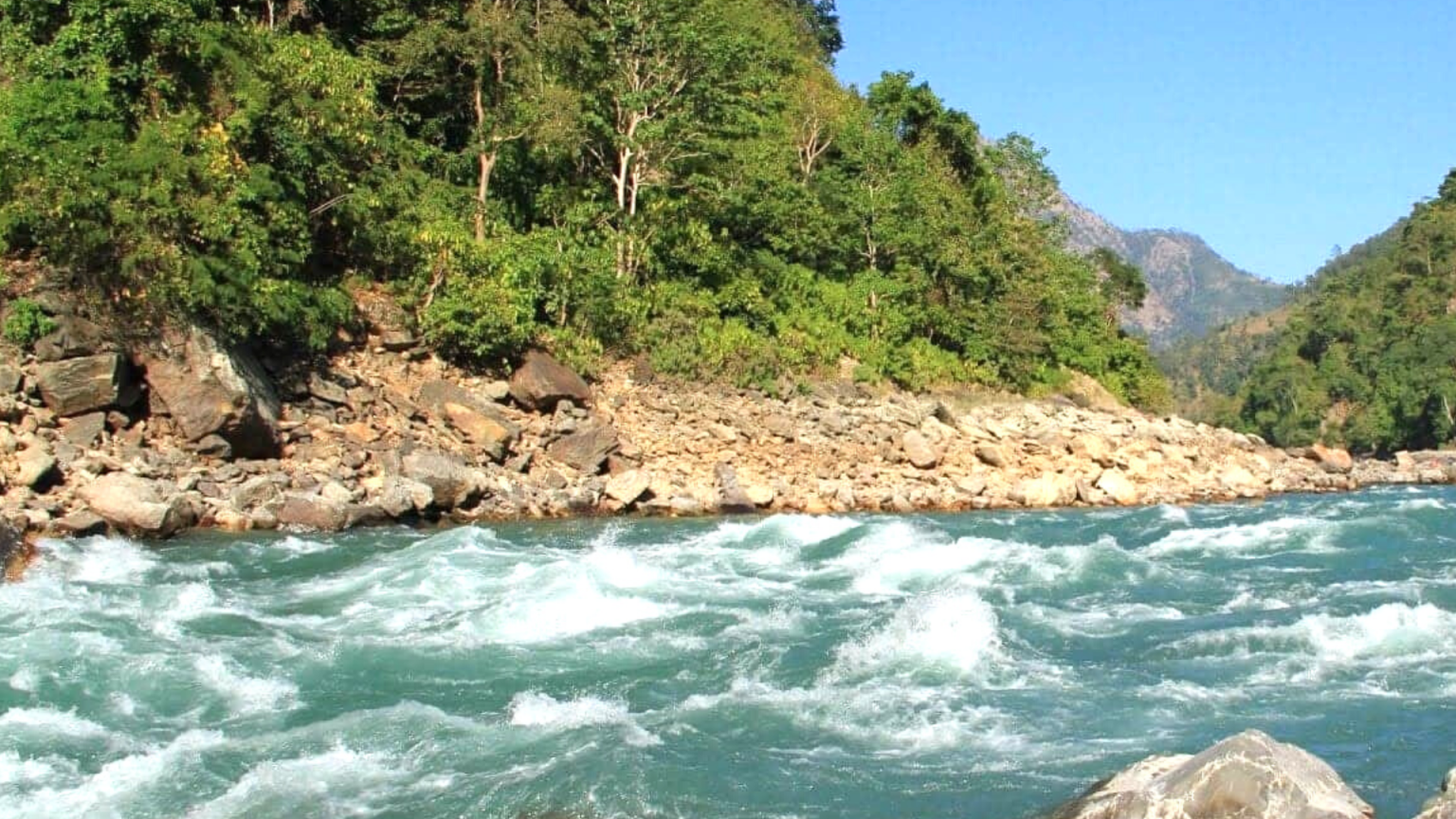

KATHMANDU: A meeting of the Council of Ministers held on Tuesday has approved the newly drafted hedging regulations. The hedging regulations have been introduced with the objective of minimizing the risk of foreign exchange fluctuations, especially during the construction of infrastructure projects. It was bought at a time when Nepal was facing problems in the absence of a hedging system to attract foreign investment. Earlier, the hedging regulations were passed in 2075 BS but could not be implemented citing a lack of clarity to address the problems raised by foreign investors. This time, the rules have been made clear and detailed.
After implementing the hedging regulations, the government aims to minimize the risk caused by the fluctuation in the exchange rate of foreign currency. In the absence of hedging arrangements, currently, foreign businesses investing in Nepal had to pay up to 5 percent to international bodies for hedging. Due to this, the investors have been raising the demand for arrangements in Nepal for a long time saying that the project will be expensive, but the government has not been able to proceed with it.
In the regulations, it is mentioned that the government will bear up to 70 percent of the calculated risk amount in the case of storage-based hydropower projects and transmission lines, which require more investment, and up to 60 percent in the case of railways, semi-reservoir, projects among others.
Hedging in which infrastructures?
This time, the issue of green infrastructure investment in hedging has also been included. As per the new hedging rules, a 5 km long monorail and metro rail will also get a hedging facility. Earlier, a monorail of 10 km or more was put under the hedging rader. Similarly, hedging facilities will also be available for infrastructure, urban development, health, agriculture, education, tourism, information technology, and industrial infrastructure costing more than Rs 2 billion.
Hedging period
The fresh rule has increased the hedging facility period to 20 years from the formerly set five years. In projects up to 100 Mw, there is an option to extend for 10 years at the beginning and 5 years for renewal. Similarly, in the case of semi-reservoir projects of more than 100 Mw capacity, 15 years can be extended initially with a further extension of 5 more years. In hydropower projects with reservoirs, it will be extended for 15 years initially and up to 5 years additionally. Similarly, the railway plan longer than 5 km can be extended up to 20 years and extended up to 5 years.
Hedging amount
According to the regulation, the government will bear 40% to 70% of the amount differed on the fluctuation of the value of the dollar compared to the value on the day of the contract for project development. Similarly, in semi-reservoir projects, the government agencies will have to bear 60 percent and the developer will have to bear 40 percent.
In the case of transmission lines, the government and the concerned government bodies and the developers have to bear 70 percent and 30 percent of the amount respectively. Similarly, the government and the concerned government bodies will bear 60 percent and 40 percent on the railways while the government and the concerned government bodies will bear 60 percent and the developers will bear 40 percent at the airport. The regulations state that the government and the concerned government bodies and developers both will bear 50 percent of the amount each in green infrastructure.










